Tư vấn chuyên môn bài viết:
BÁC SĨ DƯƠNG THỊ THÙY NGA
Root canal treatment is designed to eliminate bacteria from the infected root canal, prevent reinfection of the tooth and save the natural tooth. When one undergoes a root canal, the inflamed or infected pulp is removed and the inside of the tooth is carefully cleaned and disinfected, then filled and sealed.
Definition
A root canal treatment (endodontics) refers to a dental process used to treat the damaged area at the center of a tooth.
It involves establishing a hole in the tooth and removing the dental pulp, or diseased tissue, from the root canal system (composed of tissue, nerves, and blood vessels and extends into the roots of the tooth). The pulp is removed, the root canal is filled, and the tooth is protected with a filling or crown.
Root canal therapy can be performed by a dentist or a specialist endodontist.

Tooth structure
A tooth is composed of two components. The part of the tooth that is visible to the naked eye called the crown. The tooth is held in place by the root, which attaches to the jawbone.
The tooth also consists of:
- Enamel – the hard outer coating
- Dentine – a softer layer that places under the enamel
- Cementum – a hard material that covers the root’s surface
- Dental pulp – the soft part at the core of the tooth
Causes of tooth infection
The tooth infection or damage may result from gum disease, dental decay, repeated movements, fractured fillings, or other factors.
At the middle of the tooth, germs can begin to develop and spread when the dental pulp is weakened. This may result in an infection or an abscess, which is a pus-filled pocket that develops at the tooth root.

Symptoms
In some cases, there are no signs of the tooth abscess during the first stages. Most common symptoms include:
- Pain when biting or chewing
- Pain when eating or drinking hot or cold food and drink
- Darkening of the tooth
See more: Tooth decay and 11 risk factors
- Swollen and tender gums
- Pus around an infected tooth
- A swollen cheek or jaw
- A loose tooth

See more: Toothache and 3 ways to relieve it
These symptoms frequently go away as the bacteria grow and destroy the pulp. If you keep the infected tooth in your mouth at that point, it might worsen. Therefore, a visit to the dentist is required.
It will be harder to do the root canal treatment if the infection inside your tooth becomes established.
Treatment process
First, the dentist takes an X-ray of the tooth to determine the condition of the root canals and whether there is any infection in the bone surrounding the tooth.
The patient will get a local anesthetic to numb the region around the affected tooth before receiving root canal therapy. The germs will then be eliminated by the dentist drilling a hole into the tooth’s root. According to the tooth, each canal can range from 1 to 4. It will be cleaned, shaped, and sterilized throughout the canals.
The dentist needs to clean and shape the hole within over the course of several scheduled appointments. The dentist will seal the tooth with a temporary filling and secure it with a metal band before placing a sterile filling.
When the treatment is done, the hole will be covered with gutta percha, a permanent substance. To reinforce the tooth, they may insert a supportive stick into the root canals.
Because the procedure of the root canal treatment takes longer than a normal filling, it may be annoying and interfering. But after root canal treatment, a tooth can last for more than 10 years.
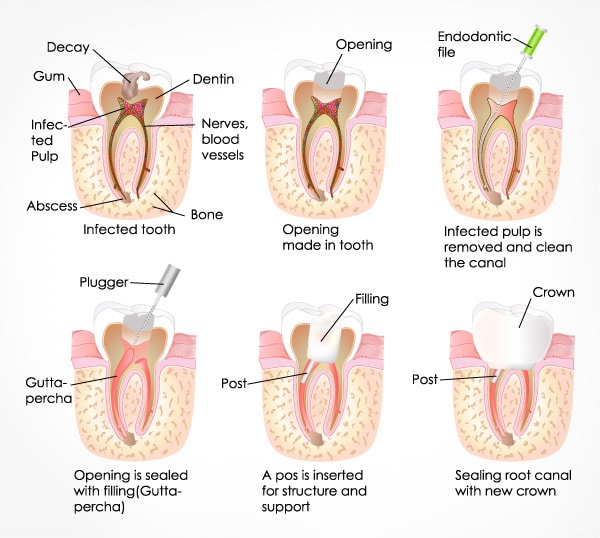
Recovery
It’s important to look after your teeth when recovering from root canal treatment.
During recovery time, it’s crucial to take good care of your teeth by:
- Avoid eating hard food until the treatment is finished.
- Keep your teeth clean.
- Don’t eat too much sweet and spicy food.
- Stop smoking.
- Search for ways to keep your teeth and gums healthy.
Q&A
How painful is having a root canal treatment?
A root canal is typically thought of being a painful, unpleasant, and severe procedure. But it is relatively different from the reality. Actually, the procedure is painless and the most effective technique to immediately get rid of the discomfort and infected tooth.
How long do root canals last?
This study found that 86 percent of root canal treatments last 10 years and longer, 92 percent last 5 years and 98 percent last one year. Molars treated by endodontists had a much greater 10-year survival rate than those treated by conventional dentists.
Is it painful after root canal treatment?
A successful root canal may be followed by minor pain for a few days. As long as you maintain appropriate dental hygiene, this is only a temporary condition that should go away on its own. If the discomfort persists after three days, make an appointment with your dentist for a follow-up procedure.
Should I get a root canal treatment or tooth extraction?
When treating an infected tooth, root canal therapy is preferred to extraction. However, there are certain exceptions, as when the tooth has severe damage. Your dentist will do a full assessment of your dental health before making a suggestion.
Do I need to worry about a root canal treatment?
Although a root canal, sometimes referred to as an endodontic procedure, is a risky surgical procedure, doctors perform them often.
What is the alternative to a root canal treatment?
Direct pulp capping, pulpotomy, pulpectomy, endodontic surgery, retreatment, tooth extraction, dental implants, bridges, or dentures are a few alternatives to root canal therapy in dentistry.
Below is an article that Lang moi shares for you, if you have any questions that need to be answered, don’t be hesitate to contact us!

CS1: 7 Thi Sách, Ngô Thì Nhậm, Hai Bà Trưng, Hà Nội - 0934.61.9090
CS2: 98C Chiến Thắng, Văn Quán, Hà Đông - 0934.61.9090
CHI NHÁNH TP.HỒ CHÍ MINH (HCM)
56 Nguyễn Đình Chiểu, Đa Kao, Quận 1, Tp.Hồ Chí Minh - 0766.00.8080
GIỜ HOẠT ĐỘNG:
09h00 – 21h00. Tất cả các ngày trong tuần







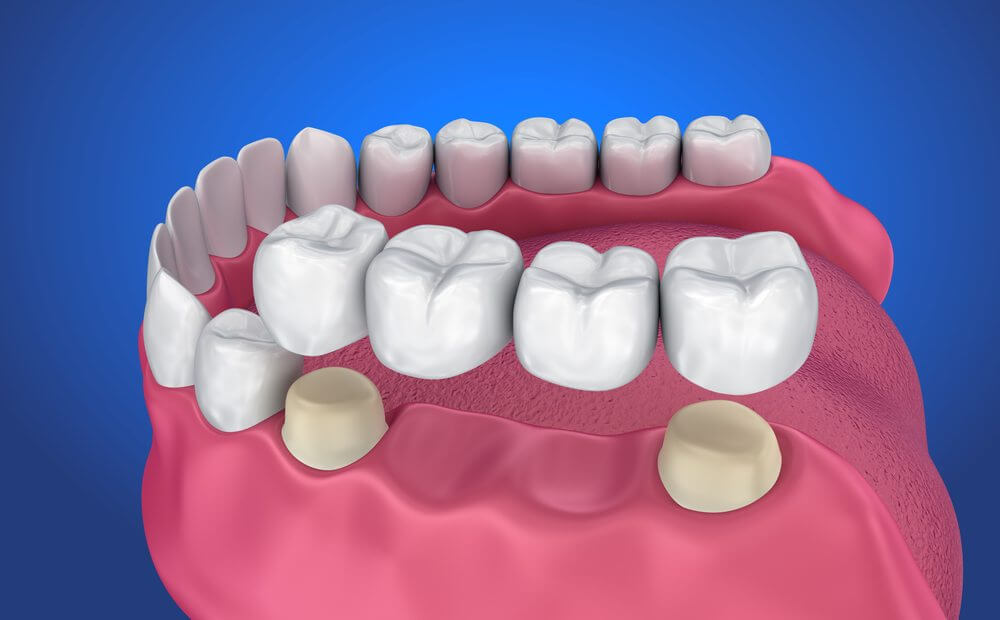
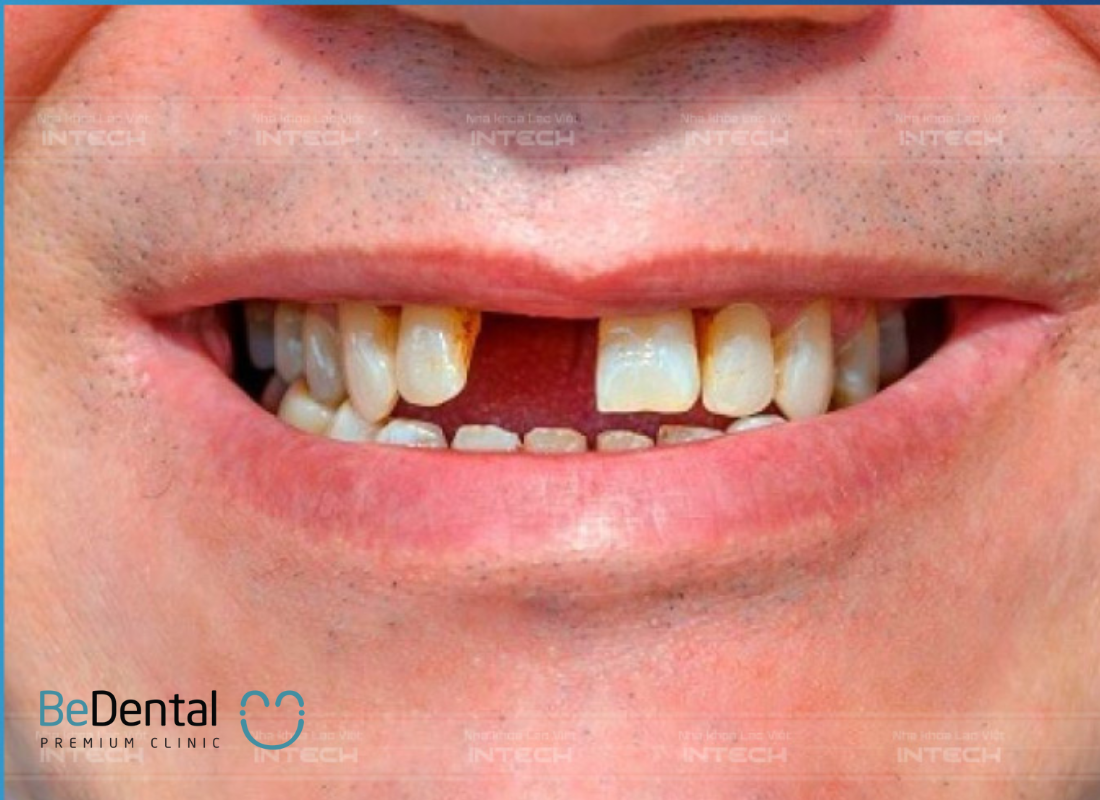
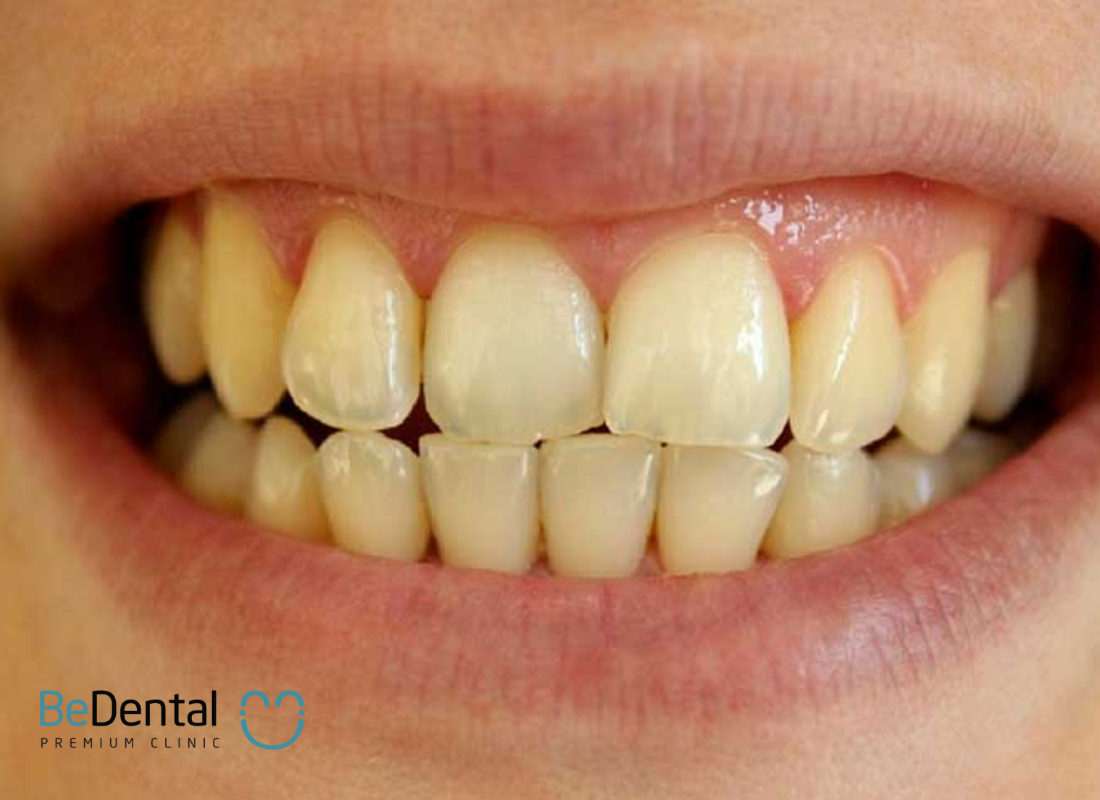




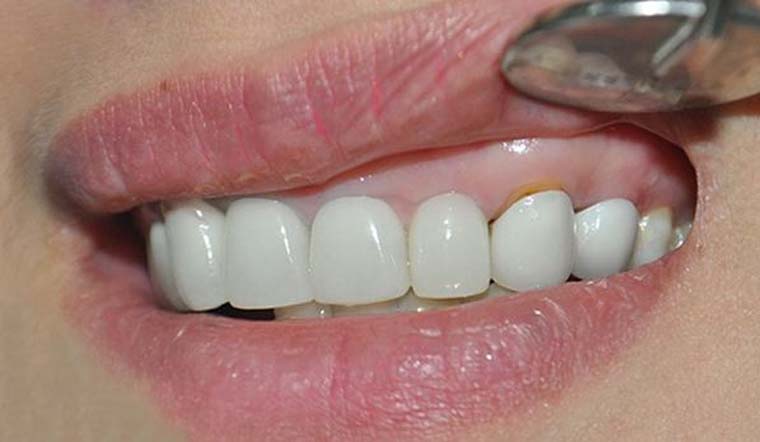
















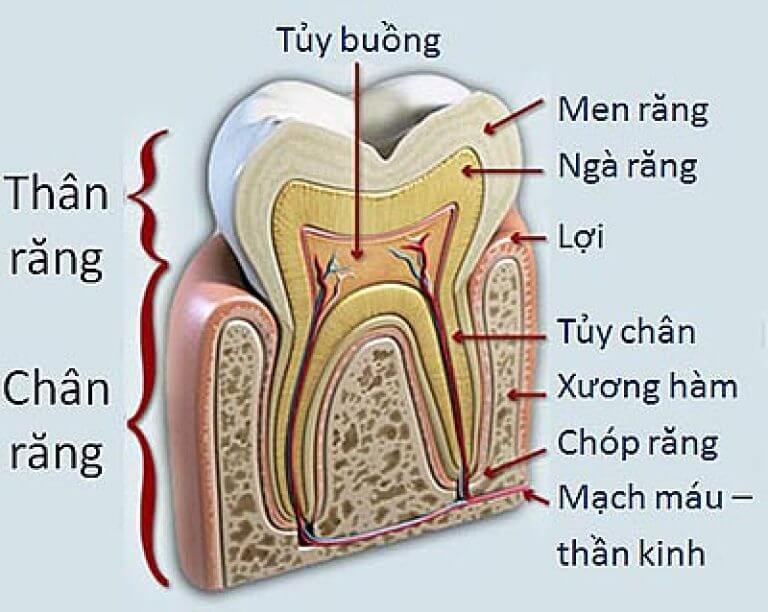





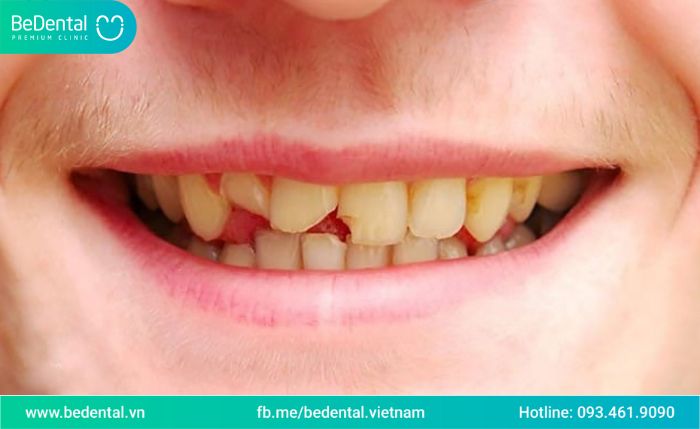





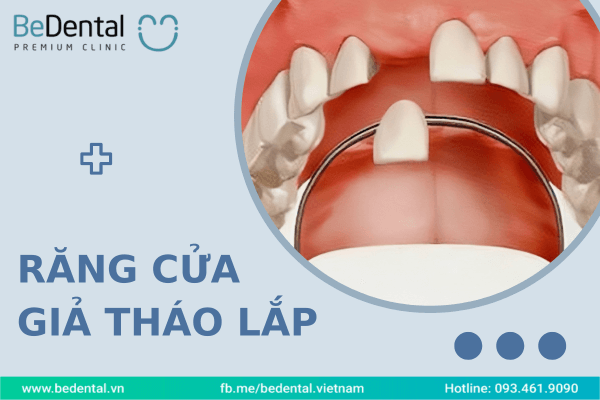




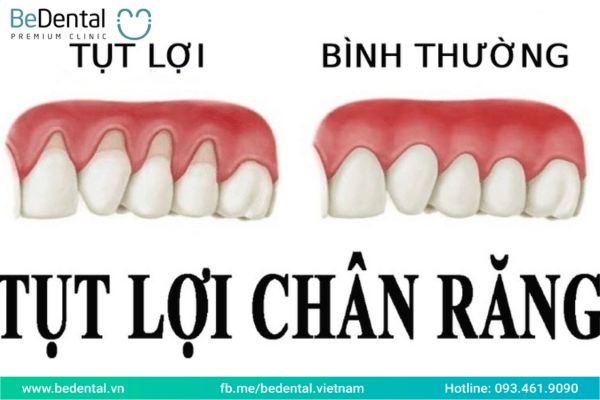
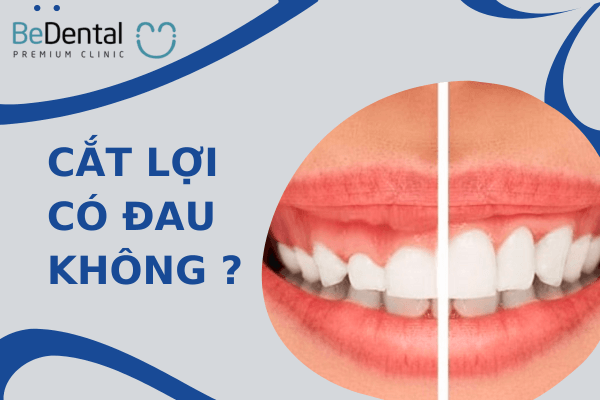



Pingback: Dental crowns and what are onlays and 3/4 crowns? | Làng mới
Pingback: Tooth Fillings and 3 main types of Tooth Fillings Materials | Làng mới
Pingback: Top 5 Dental Clinics in Vietnam | Làng mới
Pingback: Tooth extraction and 4 noticeable questions | Làng mới
Pingback: Dental tourism: Price comparison | Làng mới
Pingback: Zirconia crowns: 3+ things you must know before installing | Làng mới